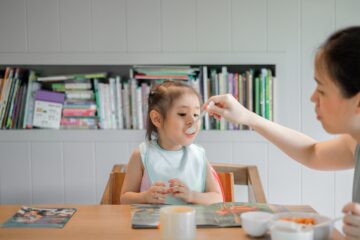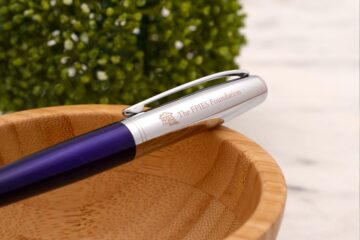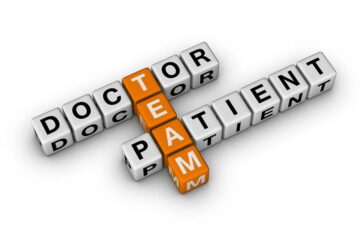A FARE Collaborator blog
Most of us don’t think twice about going on vacation or attending neighborhood barbecues, but for people managing food allergies, having others provide meals requires extra vigilance and planning. Those not living with food allergies are typically unaware of how easily and quickly an otherwise safe food can become unsafe because of cross-contact. What is cross-contact? Cross-contact happens when one food comes into contact with another food and their proteins mix. As a result, each food then contains small amounts of the other. Even microscopic amounts of food protein have caused reactions in people with food allergies. The term “cross-contact” is fairly new, and many people may incorrectly refer to this as “cross-contamination.”
Cross-contamination usually refers to bacteria or viruses that get on food and make it unsafe to eat. Cooking the food will lower the chance of a person getting sick. However, this is not the case with food allergies and cross-contact. Cooking does not remove an allergen from a food. The only way to stop a reaction is to avoid the food and carefully clean anything that came in contact with it using soap and water.
Examples of cross-contact
| Direct Cross-Contact (allergen was directly applied and then removed) | Indirect Cross-Contact (allergen was not directly applied) |
| Peeling cheese off a cheeseburger to make it a hamburger | Not washing hands after handling shrimp before making the next salad |
| Using the same spatula that flipped a cheeseburger to flip a hamburger | Scraping peanut butter off a piece of bread and using it to make a different sandwich |
| Removing shrimp from a salad | Wiping off—not properly cleaning—a knife used to spread peanut butter before using it to spread jelly |
Tips to avoid cross-contact
- Use utensils, cutting boards and pans that have been thoroughly washed with soap and water. Consider using separate utensils and dishes for making and serving safe foods. Some families choose a different color to identify the safe kitchen tools.
- If you are making several foods, cook the allergy-safe foods first.
- Keep the safe foods covered and away from other foods that may splatter.
- If you make a mistake, you can’t just remove an allergen from a meal. Even a small amount of cross-contact makes a food unsafe.
- Wash your hands with soap and water before touching anything else if you have handled a food allergen. Soap and water or commercial wipes will remove a food allergen. Sanitizing gels or water alone will not remove an allergen.
- Scrub down counters and tables with soap and water after making meals.
- Do not share food, drinks, or utensils. Teach children not to share these when they are at school or with friends.
For more information and resources on food allergy, visit www.foodallergy.org
This post was contributed by our friends at FARE through the Collaborator Program.


